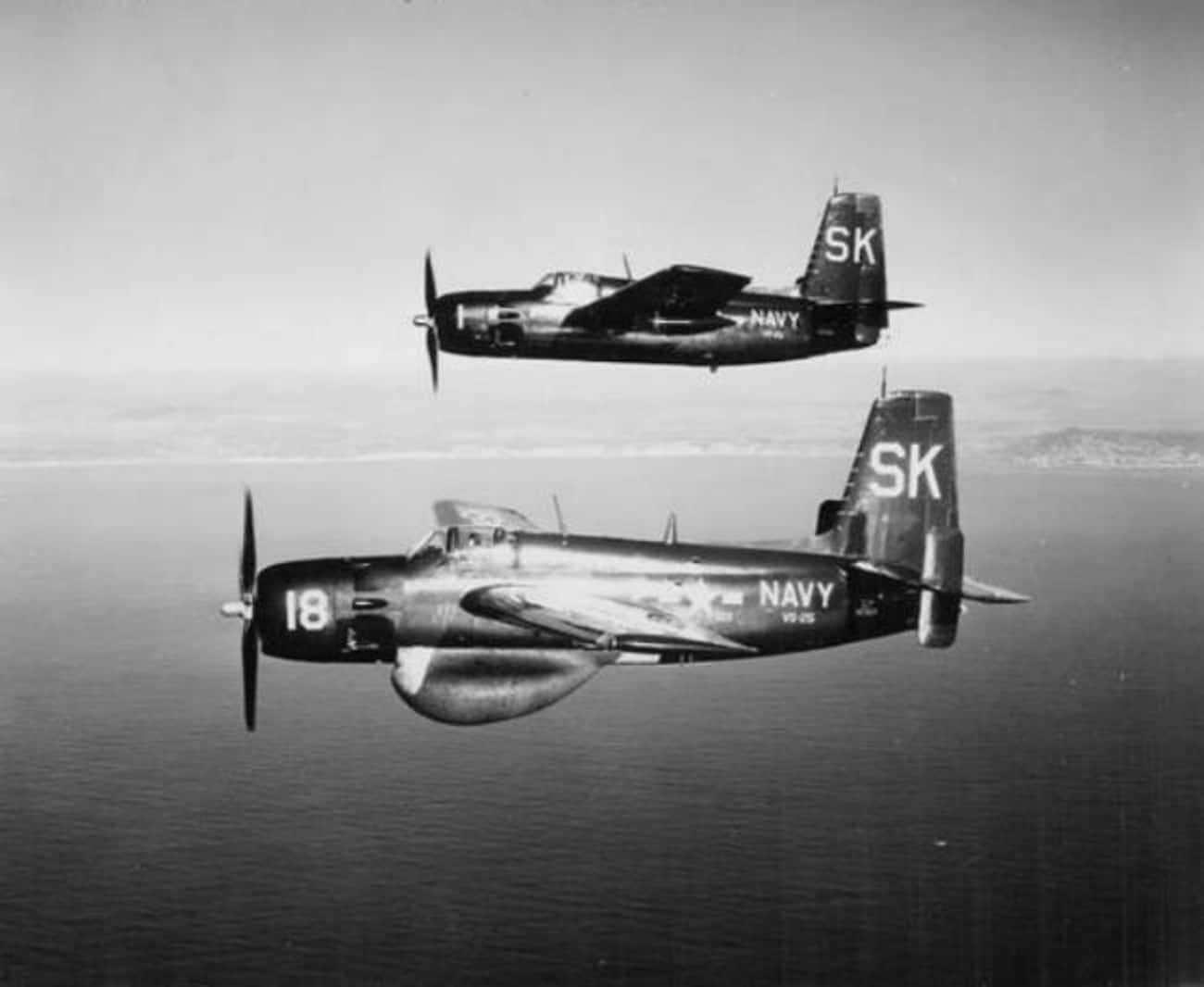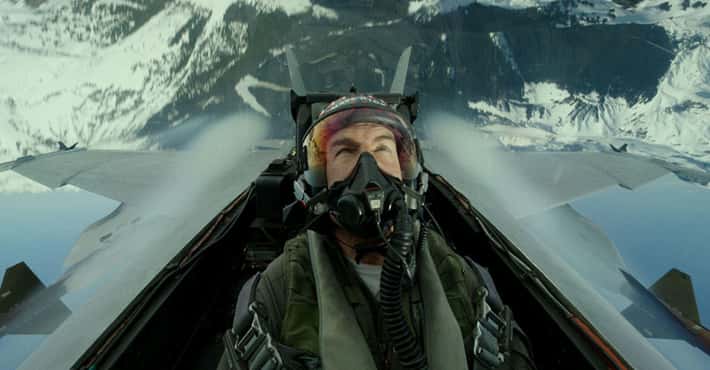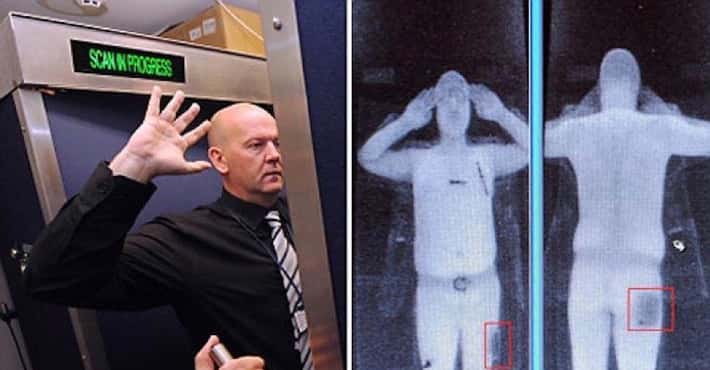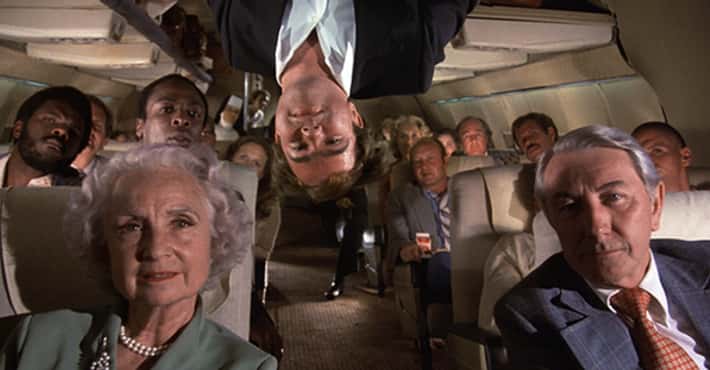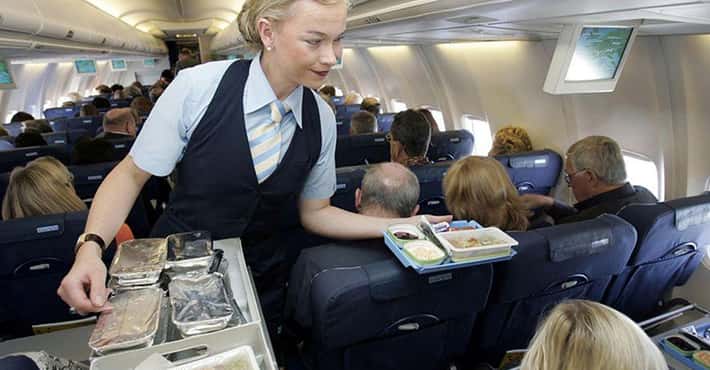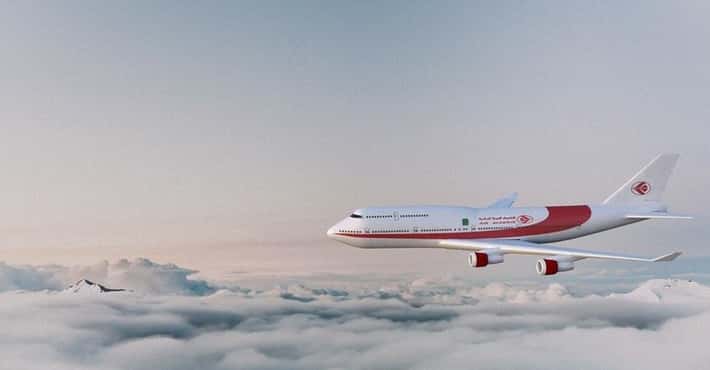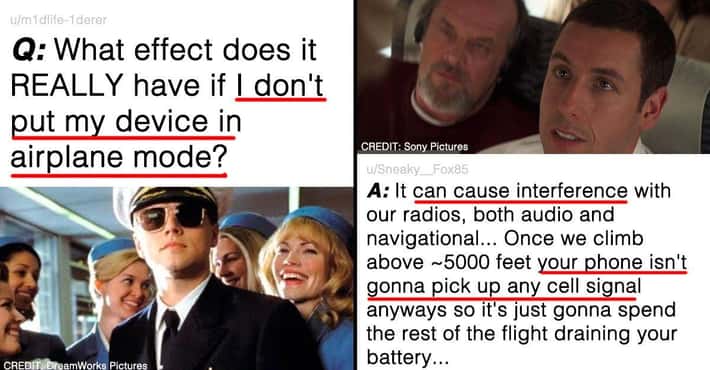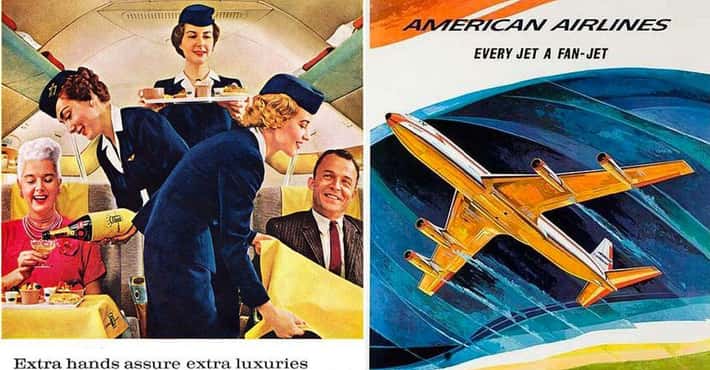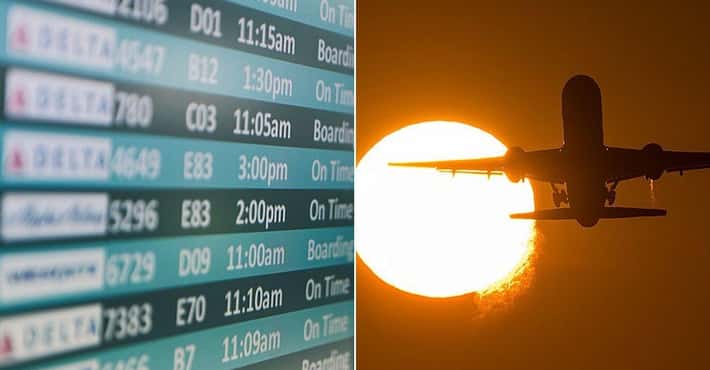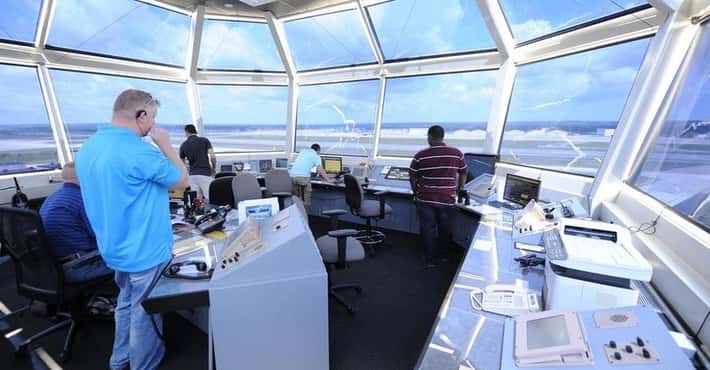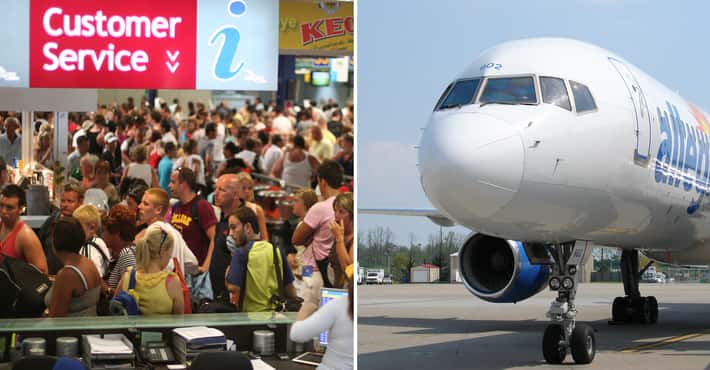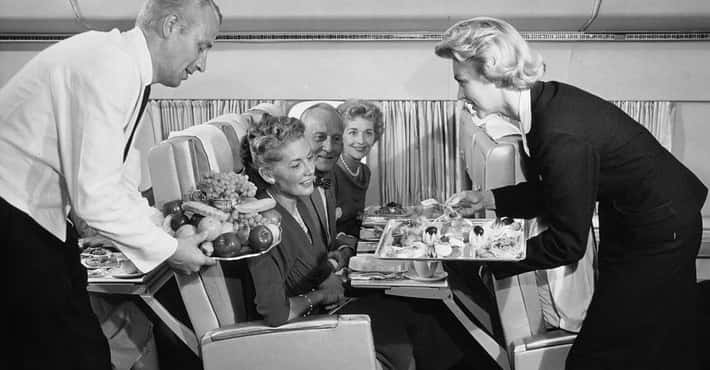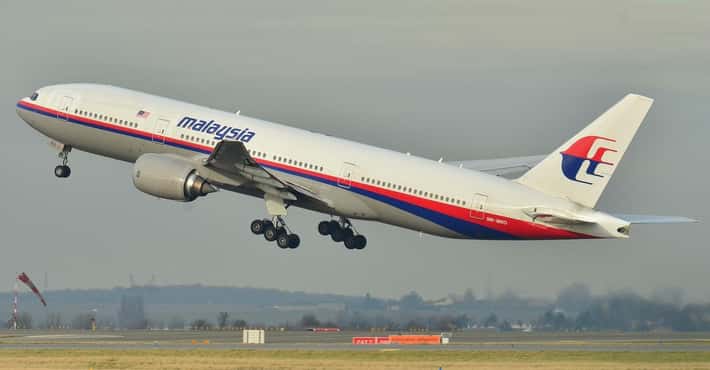Grumman Aircraft Engineering Corporation Aircraft Types
- Photo: Metaweb (FB) / Public domainThe Grumman A-6 Intruder was an American, twin jet-engine, mid-wing all-weather attack aircraft built by Grumman Aerospace. In service with the U.S. Navy and U.S. Marine Corps between 1963 and 1997, the Intruder was designed as an all-weather medium attack aircraft to replace the piston-engined Douglas A-1 Skyraider. As the A-6E was slated for retirement, its precision strike mission was taken over by the Grumman F-14 Tomcat equipped with a LANTIRN pod. From the A-6, a specialized electronic warfare derivative, the EA-6 was developed.
Hemisphere dancer
Hemisphere Dancer is the name of singer/songwriter Jimmy Buffett's personal seaplane. A Grumman HU-16 Albatross flying boat, serial number 137928 and civil registration number N928J, the aircraft is central to the action in Buffett's best-selling memoirs, A Pirate Looks at 50. It is considered to be one of the finest examples of an Albatross, due to the restoration and continual maintenance completed by Buffett.- Photo: Metaweb (FB) / Public domainThe Grumman AF Guardian was the first purpose-built anti-submarine warfare carrier-based aircraft to enter service with the United States Navy. It consisted of two airframes, one for detection gear, the other for weapons. The Guardian remained in service until August 1955, when it was replaced by the twin-engined Grumman S-2 Tracker. The Guardian was the largest single-engined piston-powered carrier aircraft ever to see service.
- Photo: Metaweb (FB) / Public domainThe Grumman C-1 Trader was a carrier onboard delivery variant of the Grumman S-2 Tracker. It was replaced by a similar version of the Northrop Grumman E-2 Hawkeye, the Grumman C-2 Greyhound.
- Photo: Metaweb (FB) / Public domainThe Grumman C-2 Greyhound is a twin-engine, high-wing cargo aircraft, designed to carry supplies and mail to and from aircraft carriers of the United States Navy. Its primary mission is carrier onboard delivery. The aircraft provides critical logistics support to carrier strike groups. The aircraft is mainly used to transport high-priority cargo, mail and passengers between carriers and shore bases, and can also deliver cargo like jet engines and special stores. Prototype C-2s first flew in 1964 and production followed the next year. The initial Greyhound aircraft were overhauled in 1973. In 1984, more C-2As were ordered under the name Reprocured C-2A or C-2A. The C-2As received updated propellers and navigation.
- The E-1 Tracer was the first purpose built airborne early warning aircraft used by the United States Navy. It was a derivative of the Grumman C-1 Trader and first entered service in 1958. It was replaced by the more modern E-2 Hawkeye in the early 1970s.
- Photo: Metaweb (FB) / Public domainThe Northrop Grumman E-2 Hawkeye is an American all-weather, carrier-capable tactical airborne early warning aircraft. This twin-turboprop aircraft was designed and developed during the late 1950s and early 1960s by the Grumman Aircraft Company for the United States Navy as a replacement for the earlier, radial piston-engined E-1 Tracer, which was rapidly becoming obsolete. The aircraft's performance has been upgraded with the E-2B, and E-2C versions, where most of the changes were made to the radar and radio communications due to advances in electronic integrated circuits and other electronics. The fourth version of the Hawkeye is the E-2D, which first flew in 2007. The E-2 was the first aircraft designed specifically for its role, as opposed to a modification of an existing airframe, such as the Boeing E-3 Sentry. Variants of the Hawkeye have been in continuous production since 1960, giving it the longest production run of any carrier-based aircraft. The E-2 also received the nickname "Super Fudd" because it replaced the E-1 Tracer "Willy Fudd".
- Photo: Metaweb (FB) / Public domainThe Northrop Grumman EA-6B Prowler is a twin-engine, mid-wing electronic warfare aircraft derived from the A-6 Intruder airframe. The EA-6A was the initial electronic warfare version of the A-6 used by the United States Marine Corps in the 1960s. Development on the more advanced EA-6B began in 1966. An EA-6B aircrew consists of one pilot and three Electronic Countermeasures Officers, though it is not uncommon for only two ECMOs to be used on missions. It is capable of carrying and firing anti-radiation missiles, such as the AGM-88 HARM missile. Prowler has been in service with the U.S. Armed Forces since 1971. It has carried out numerous missions for jamming enemy radar systems, and in gathering radio intelligence on those and other enemy air defense systems. From the 1998 retirement of the United States Air Force EF-111 Raven electronic warfare aircraft, the EA-6B was the only dedicated electronic warfare plane available for missions by the United States Navy, the United States Marine Corps, and the United States Air Force until the fielding of the Navy's EA-18G Growler in 2009.
- Photo: Metaweb (FB) / Public domainThe General Dynamics/Grumman EF-111A Raven was an electronic warfare aircraft designed to replace the B-66 Destroyer in the United States Air Force. Its crews and maintainers often called it the "Spark-Vark", a play on the F-111's "Aardvark" nickname. The USAF contracted with Grumman in 1974 to convert some existing General Dynamics F-111As into electronic warfare/electronic countermeasures aircraft. The USAF had considered the Navy / Marine Corps Grumman EA-6B Prowler, but was reluctant to adopt a Navy aircraft. The EF-111 entered service in 1983 and served until it was retired in 1998. Afterwards, the Air Force began depending on Navy and Marine Corps EA-6Bs for electronic warfare support.
- Photo: Metaweb (FB) / Public domainThe Grumman F11F/F-11 Tiger was the first supersonic, single-seat carrier-based United States Navy fighter aircraft in operation during the 1950s and 1960s. Originally designated the F11F Tiger in April 1955 under the pre-1962 Navy designation system, it was redesignated as F-11 Tiger under the 1962 United States Tri-Service aircraft designation system. The F11F/F-11 was used by the Blue Angels flight team from 1957–1969. Grumman Aircraft Corporation made about 200 Tigers, with the last aircraft being delivered to the U.S. Navy on 23 January 1959.
- Photo: Metaweb (FB) / Public domain
Grumman F-14 Tomcat
The Grumman F-14 Tomcat is a supersonic, twinjet, two-seat, variable-sweep wing fighter aircraft. The Tomcat was developed for the United States Navy's Naval Fighter Experimental program following the collapse of the F-111B project. The F-14 was the first of the American teen-series fighters, which were designed incorporating the experience of air combat against MiG fighters during the Vietnam War. The F-14 first flew in December 1970 and made its first deployment in 1974 with the U.S. Navy aboard USS Enterprise, replacing the McDonnell Douglas F-4 Phantom II. The F-14 served as the U.S. Navy's primary maritime air superiority fighter, fleet defense interceptor and tactical aerial reconnaissance platform. In the 1990s, it added the Low Altitude Navigation and Targeting Infrared for Night pod system and began performing precision ground-attack missions. The Tomcat was retired from the U.S. Navy's active fleet on 22 September 2006, having been supplanted by the Boeing F/A-18E and F Super Hornets. The F-14 remains in service with the Islamic Republic of Iran Air Force, having been exported to Iran in 1976, when the U.S. had amicable diplomatic relations with Iran. - Photo: Metaweb (FB) / Public domainThe Grumman F4F Wildcat was an American carrier-based fighter aircraft that began service with both the United States Navy and the British Royal Navy in 1940. First used in combat by the British in Europe, the Wildcat was the only effective fighter available to the United States Navy and Marine Corps in the Pacific Theater during the early part of World War II in 1941 and 1942; the disappointing Brewster Buffalo was withdrawn in favor of the Wildcat and replaced as units became available. With a top speed of 318 mph, the Wildcat was still outperformed by the faster 331 mph, more maneuverable, and longer ranged Mitsubishi A6M Zero. But the F4F's ruggedness, coupled with tactics such as the Thach Weave, resulted in an air combat kill-to-loss ratio of 5.9:1 in 1942 and 6.9:1 for the entire war. Lessons learned from the Wildcat were later applied to the faster F6F Hellcat which, with the exception of range and maneuverability at low speed, the Hellcat could rely on superior power and high speed performance to outperform the Zero. The Wildcat continued to be built throughout the remainder of the war to serve on escort carriers, where larger and heavier fighters could not be used.
- Photo: Metaweb (FB) / Public domainThe Grumman F6F Hellcat was a carrier-based fighter aircraft conceived to replace the earlier F4F Wildcat in United States Navy service. The Hellcat was an erstwhile rival of the faster Vought F4U Corsair for use as a carrier based fighter. However, the Corsair had significant issues with carrier landing that the Hellcat did not, allowing the Hellcat to become Navy's dominant fighter in the second part of World War II, a position the Hellcat did not relinquish. The Corsair instead was primarily deployed to great effect in land-based use by the U.S. Marine Corps. Although the F6F resembled the Wildcat in some ways, it was a completely new design, powered by a 2,000 hp Pratt & Whitney R-2800, the same powerplant used for both the Corsair and the United States Army Air Force's Republic P-47 Thunderbolt fighters. Some military observers tagged the Hellcat as the "Wildcat's big brother". The F6F was best known for its role as a rugged, well-designed carrier fighter which was able, after its combat debut in early 1943, to counter the Mitsubishi A6M Zero and help secure air superiority over the Pacific Theater.
- The Grumman F7F Tigercat was the first twin-engined fighter aircraft to enter service with the United States Navy. Designed for the new Midway-class aircraft carriers, the aircraft were too large to operate from earlier decks. Although delivered to United States Marine Corps combat units before the end of World War II, the Tigercat did not see combat service in that war. Most F7Fs ended up in land-based service, as attack aircraft or night fighters; only the later F7F-4N was certified for carrier service. They saw service in the Korean War and were withdrawn from service in 1954.
- Photo: Metaweb (FB) / Public domainThe Grumman F8F Bearcat was a single-engine American fighter aircraft introduced in late World War II. It went on to serve into the mid-20th century in the United States Navy, the United States Marine Corps, and the air forces of other nations. It would be Grumman Aircraft's final piston engined fighter aircraft. Modified versions have broken speed records for piston-engined aircraft, and are popular among warbird owners.
- Photo: Metaweb (FB) / Public domainThe Grumman F9F/F-9 Cougar was an aircraft carrier-based fighter aircraft for the United States Navy. Based on Grumman's earlier F9F Panther, the Cougar replaced the Panther's straight wing with a more modern swept wing. The Navy considered the Cougar an updated version of the Panther, despite having a different official name, and thus Cougars started off from F9F-6 upward.
- Photo: Metaweb (FB) / Public domainThe Grumman F9F Panther was the manufacturer's first jet fighter and one of the United States Navy's first successful carrier-based jet fighters. A single-engined, straight-winged day fighter, it was fitted with an armament of four 20 mm cannons and could carry a wide assortment of air-to-ground munitions. The Panther was used extensively by the U.S. Navy and the United States Marine Corps in the Korean War. It was also the first jet aircraft used by the Blue Angels flight team, being used by them from 1949 through to late 1954. The aircraft was exported to Argentina and was the first jet used by the Argentine Naval Aviation. Total F9F production was 1,382. The design evolved into the swept wing Grumman F-9 Cougar.
- Photo: Metaweb (FB) / CC-BY
Grumman Ag Cat
The Grumman G-164 Ag Cat is a single-engine biplane agricultural aircraft, developed by Grumman in the 1950s. - The US Grumman American AA-5 series is a family of all-metal, four-seat, light aircraft used for touring and training. The line includes the original American Aviation AA-5 Traveler, the Grumman American AA-5 Traveler, AA-5A Cheetah, and AA-5B Tiger, the Gulfstream American AA-5A Cheetah, and AA-5B Tiger, the American General AG-5B Tiger, and the Tiger Aircraft AG-5B Tiger.
- The Grumman G-118 was a design for an all-weather missile-armed interceptor aircraft for use on US Navy aircraft carriers. Originally conceived as an uprated F11F Tiger, it soon evolved into a larger and more powerful project. Although two prototypes were ordered in 1955, development was cancelled the same year in favor of the F4H Phantom II before any examples were built. Grumman's next carrier fighter would be the F-14 Tomcat, ordered in 1968.
- Photo: Metaweb (FB) / Public domainThe Grumman F2F was a single-engine, biplane fighter aircraft with retractable undercarriage, serving as the standard fighter for the United States Navy between 1936 and 1940. It was designed for both carrier- and land-based operations.
- Photo: Metaweb (FB) / Public domainThe Grumman F3F was the last American biplane fighter aircraft delivered to the United States Navy, and served between the wars. Designed as an improvement on the single-seat F2F, it entered service in 1936. It was retired from front line squadrons at the end of 1941 before it could serve in World War II, and was first replaced by the Brewster F2A Buffalo. The F3F which inherited the landing gear configuration first used on the Grumman FF served as the basis for a biplane design ultimately developed into the much more successful F4F Wildcat. When it entered combat, the Wildcat would quickly replace the Buffalo as the primary fighter of the Navy and Marines in the first part of World War II, and continue to be produced throughout the conflict.
- Photo: Metaweb (FB) / Public domainThe Grumman FF "Fifi" was an American biplane fighter aircraft operated by the United States Navy during the 1930s. It was the first carrier aircraft with retractable landing gear. It was produced under licence in Canada and known as the Goblin in Canadian service and Delfin in Spanish service.
- Photo: Metaweb (FB) / Public domainThe Grumman G-21 Goose is an amphibious aircraft that was designed by Grumman to serve as an eight-seat "commuter" aircraft for businessmen in the Long Island area. The Goose was Grumman’s first monoplane to fly, its first twin-engined aircraft, and its first aircraft to enter commercial airline service. During World War II, the Goose became an effective transport for the US military, as well as serving with many other air forces. During hostilities, the Goose took on an increasing number of combat and training roles. The adaptable transport continued in postwar use.
- Photo: Metaweb (FB) / Public domain
Grumman Gulfstream I
The Grumman Gulfstream I is a twin-turboprop business aircraft. It first flew on August 14, 1958. - Photo: Metaweb (FB) / Public domainThe Gulfstream II is an American twin engine business jet designed and built by Grumman and then in succession, Grumman American and finally Gulfstream American. Its Grumman model number is G-1159 and its US military designation is C-11 Gulfstream II. It has been succeeded by the Gulfstream III. The first Gulfstream II flew on October 2, 1966.
- Photo: Metaweb (FB) / Public domainThe Grumman J2F Duck was an American single-engine amphibious biplane. It was used by each major branch of the U.S. armed forces from the mid-1930s until just after World War II, primarily for utility and air-sea rescue duties. It was also used by the Argentine Navy, who took delivery of their first Duck in 1937. After the war, J2F Ducks saw service with independent civilian operators, as well as the armed forces of Colombia and Mexico. The J2F was an improved version of the earlier JF Duck, with its main difference being a longer float.
Grumman G-73 Mallard
The Grumman G-73 Mallard is a medium, twin-engined amphibious aircraft. Many have been modified by replacing the original Pratt & Whitney Wasp H radial engines with modern turboprop engines. Manufactured from 1946 to 1951, production ended when Grumman's larger SA-16 Albatross was introduced.- The Grumman TB2F was a cancelled twin-engined torpedo bomber project, intended as Grumman's successor to the successful TBF Avenger. However, only a mockup was ever constructed. In 1944, during World War II, the Midway class aircraft carriers were being built, and Grumman attempted to design a new torpedo bomber to accompany those carriers. However, it was soon decided that, among other difficulties, it would be impracticable to efficiently deploy twin-engined aircraft of this size from an aircraft carrier, and the plans were scrapped.
- Photo: Metaweb (FB) / Public domainThe Grumman G-44 Widgeon is a small, five-person, twin-engine amphibious aircraft. It was designated J4F by the United States Navy and Coast Guard and OA-14 by the United States Army Air Corps and United States Army Air Forces.



